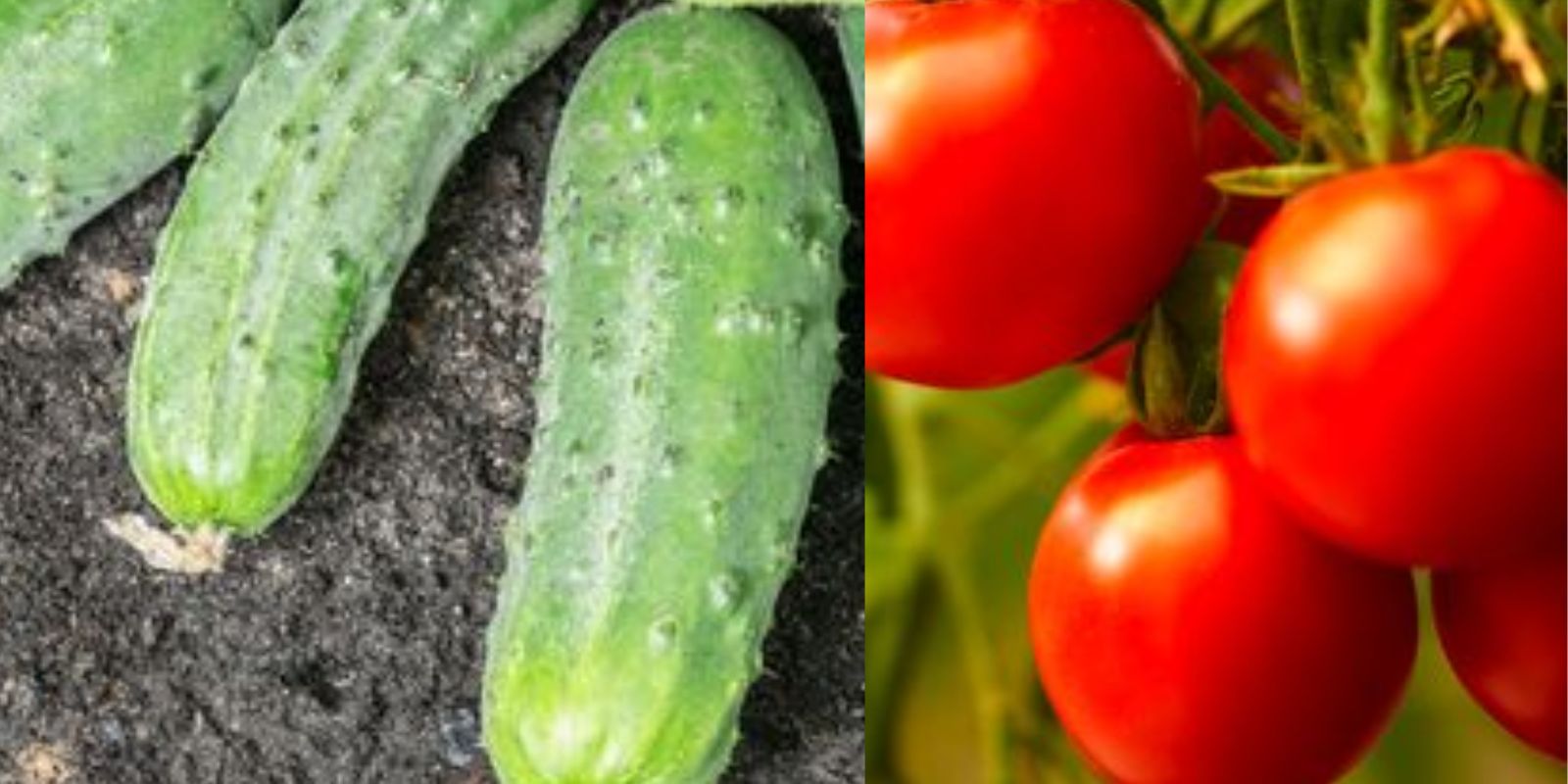As the summer sun shines brightly, it’s the perfect time to focus on the health and productivity of your garden. Cucumbers, tomatoes, and peppers are popular summer crops that can yield a bountiful harvest if provided with the right nutrients. Instead of relying on synthetic fertilizers, using natural fertilizers can enhance soil health, promote sustainability, and ensure your vegetables are safe and nutritious. This comprehensive guide will walk you through the process of preparing and applying a natural fertilizer that will help your cucumbers, tomatoes, and peppers thrive and produce abundantly.
Introduction to Natural Fertilizers
Natural fertilizers, also known as organic fertilizers, are derived from natural sources such as plants, animals, and minerals. Unlike synthetic fertilizers, which can harm the environment and degrade soil quality over time, natural fertilizers improve soil structure, enhance microbial activity, and provide plants with a slow-release source of nutrients. They are an essential component of organic gardening, promoting healthy plant growth while maintaining ecological balance.
Benefits of Using Natural Fertilizers
- Improves Soil Health: Natural fertilizers enhance soil structure and increase its ability to retain moisture and nutrients.
- Environmentally Friendly: They reduce the risk of water pollution and do not contain harmful chemicals.
- Safe for Plants and Humans: There’s no risk of chemical residues on your crops, making them safe to eat.
- Sustainable: Utilizing kitchen waste and natural materials reduces waste and supports a circular economy.
Essential Nutrients for Cucumbers, Tomatoes, and Peppers
To maximize the yield of your cucumbers, tomatoes, and peppers, it’s crucial to understand their nutritional needs. These summer crops require a balanced supply of macro and micronutrients:
- Nitrogen (N): Promotes healthy leaf and stem growth.
- Phosphorus (P): Supports root development and flowering.
- Potassium (K): Enhances overall plant health, disease resistance, and fruit production.
- Calcium: Prevents blossom end rot, a common issue in tomatoes and peppers.
- Magnesium: Vital for chlorophyll production and photosynthesis.
Preparing Your Natural Fertilizer
Creating a natural fertilizer at home is simple and cost-effective. Here’s a step-by-step guide to preparing a potent fertilizer mix using common household and garden materials.
Materials Needed
- Compost
- Eggshells
- Banana peels
- Coffee grounds
- Water
- A container for mixing
Step-by-Step Instructions
- Gather Materials: Collect compost, eggshells, banana peels, and coffee grounds. These ingredients are rich in essential nutrients like nitrogen, phosphorus, potassium, calcium, and magnesium.
- Prepare the Eggshells: Rinse the eggshells to remove any residual egg whites. Once dry, crush them into a fine powder. Eggshells are an excellent source of calcium, which is essential for preventing blossom end rot in tomatoes and peppers.
- Chop the Banana Peels: Cut the banana peels into small pieces. Banana peels are rich in potassium and phosphorus, promoting healthy root development and fruit production.
- Mix Ingredients: In a large container, combine the compost, crushed eggshells, chopped banana peels, and coffee grounds. Coffee grounds add nitrogen to the mix and improve soil structure.
- Add Water: Gradually add water to the mixture, stirring continuously until you achieve a thick, consistent paste. The water helps to activate the nutrients and makes the fertilizer easier to apply.
- Fermentation (Optional): For an extra boost, you can let the mixture ferment for a few days. Cover the container and place it in a warm, shaded area. This process enhances microbial activity, making the nutrients more readily available to plants.
Applying the Natural Fertilizer
Proper application of the fertilizer ensures that your plants receive the nutrients they need without causing damage. Follow these steps to apply the fertilizer to your cucumber, tomato, and pepper plants:
- Prepare the Soil: Before applying the fertilizer, loosen the soil around the base of your plants to improve nutrient absorption.
- Apply the Fertilizer: Spread a small amount of the mixture around the base of each plant. Avoid direct contact with the stems and leaves to prevent burning.
- Water Thoroughly: After applying the fertilizer, water your plants thoroughly to help the nutrients penetrate the soil and reach the roots.
- Repeat as Needed: Reapply the fertilizer every 2-3 weeks throughout the growing season to maintain nutrient levels and promote continuous growth.
Additional Tips for Thriving Summer Crops
- Mulching: Apply a layer of organic mulch around your plants to retain moisture, suppress weeds, and regulate soil temperature.
- Companion Planting: Plant herbs like basil and marigold alongside your vegetables. These plants can repel pests and improve the flavor of your tomatoes and peppers.
- Regular Watering: Ensure consistent watering, especially during dry spells. Avoid overhead watering to reduce the risk of fungal diseases.
- Pruning: Remove any yellowing leaves and excess foliage to improve air circulation and direct energy towards fruit production.
Community Engagement
Gardening is not just about growing plants; it’s about fostering a community of like-minded individuals who share a passion for nurturing the earth. Sharing your gardening experiences, tips, and success stories can inspire others to embrace natural and sustainable practices.
Motivation to Interact:
Join our gardening community and share your results, tips, and questions. Together, we can learn and improve our practices to achieve the best harvests. Whether you’re a seasoned gardener or just starting, your insights are valuable. Let’s grow healthier, more productive gardens together!
Conclusion
Using natural fertilizers is a rewarding and effective way to boost the health and productivity of your summer crops. By preparing and applying a nutrient-rich mix of compost, eggshells, banana peels, and coffee grounds, you can ensure your cucumbers, tomatoes, and peppers thrive and produce abundantly. Embrace the power of natural gardening solutions and enjoy the benefits of a bountiful and sustainable harvest.
Join the conversation, share your gardening journey, and let’s work together to create flourishing gardens that contribute to a healthier planet. Happy gardening!

